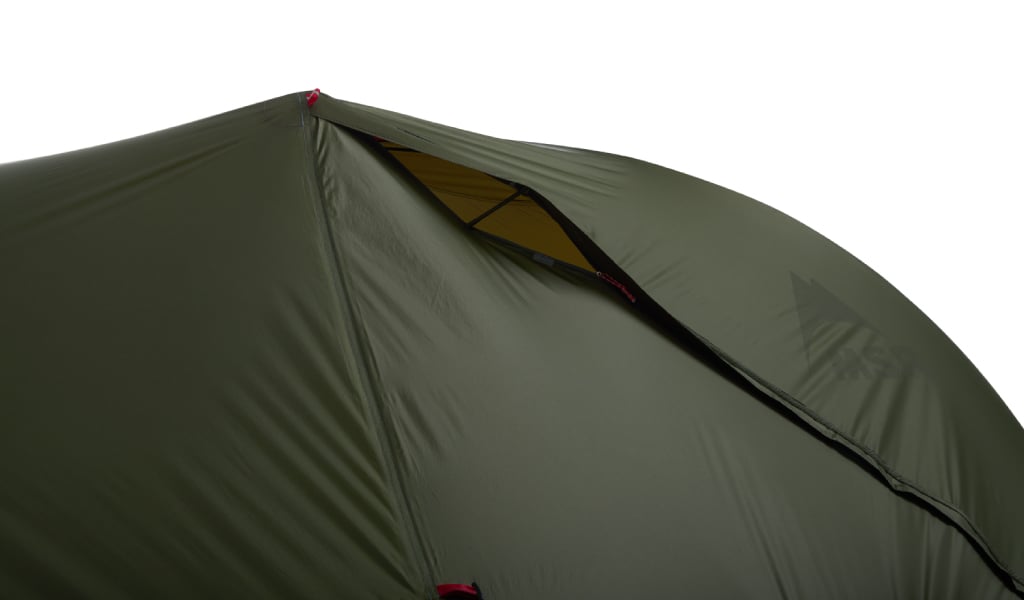How to Avoid Tent Condensation
Nighttime temperatures have dropped in the regions where many of us live and play. This change in temperature brings up a question our tent team hears all the time: Why is the inside of my tent wet in the morning, even when it’s dry outside? The answer is phase change! This MSR video explains how tent condensation occurs and how to reduce it.
What causes tent condensation and can you reduce it?
When water vapor in warm air meets with a cold surface, water droplets form through the natural process of condensation. This affects all tents to varying degrees. Water molecules in the warm air are in a gaseous state—when they come into contact with the cold surface, they lose energy and slow down until their mutual forces of attraction bring the water molecules together into a liquid state. The higher the humidity and the larger the temperature difference between the air and the surface, the faster this condensation occurs. While you sleep at night, the heat from your breath and your body warm the air inside the tent. As the temperature drops, the rainfly cools down and warm air passes through the breathable lining of your tent. When it comes into contact with the cold rainfly or the cool floor of the tent it condenses, forming water droplets.
How can I reduce tent condensation?
Although you will never be able to fully eliminate the process of condensation in your tent, there are a few ways you can reduce and manage its effects.
Creating airflow through the tent is the most effective way to reduce condensation. This allows the warm humid air created by your body to move outside the tent. This can be achieved by rolling up the vestibule doors as much as possible, and/or by creating a small opening at the top of the tent door zipper. If your tent has two doors, be sure to open each a bit, as cross-flow ventilation (a way to get air in and out of the tent) is the optimal solution. If boosting ventilation is impossible due to bugs or particularly heinous weather and condensation does occur, you can minimize its effects by making sure to pitch your tent taut. All MSR tents are engineered to reduce drip points when set up properly, carrying condensation down along the rainfly and to the ground, minimizing what drips onto the tent body and possibly into the tent. Alternately, you can wipe dry the interior walls of the rainfly with a camp towel or remove it in the morning and lay it out in the sun for the moisture to evaporate.
As always, make absolutely sure that your tent is dry before storing it. Dampness leads to mold, which can quickly cause irreparable damage to the material. Drying your tent will ensure you get the best performance out of it for years to come.
Related Posts:
- How to Make Your Tent Last Longer
- The Ultimate Guide to MSR Tents
- Designing MSR Tents — What We Stand For
Updated. Originally Published January 18, 2020.

